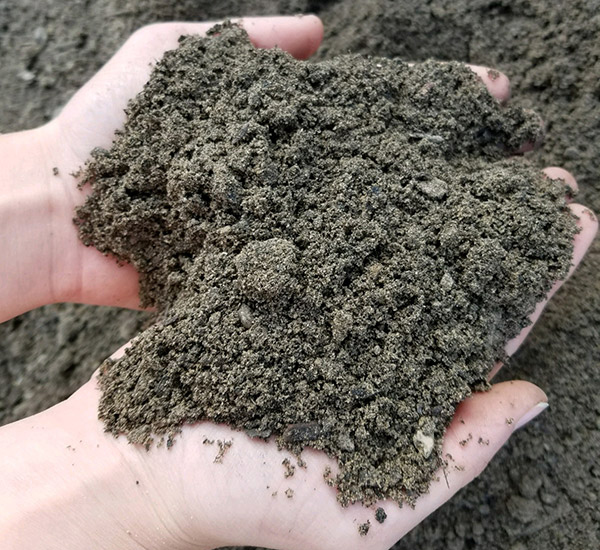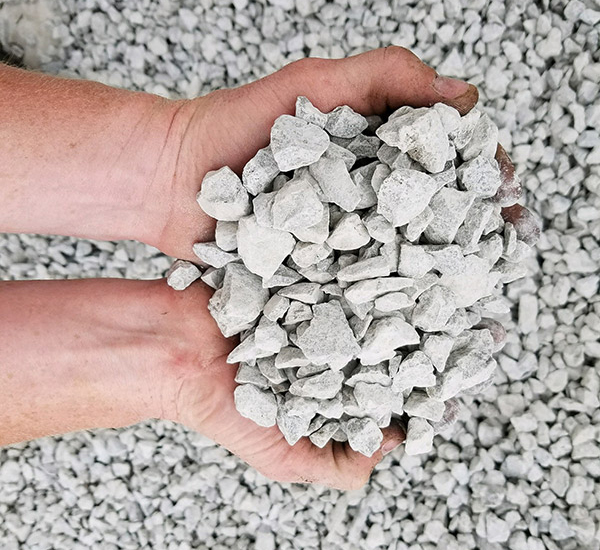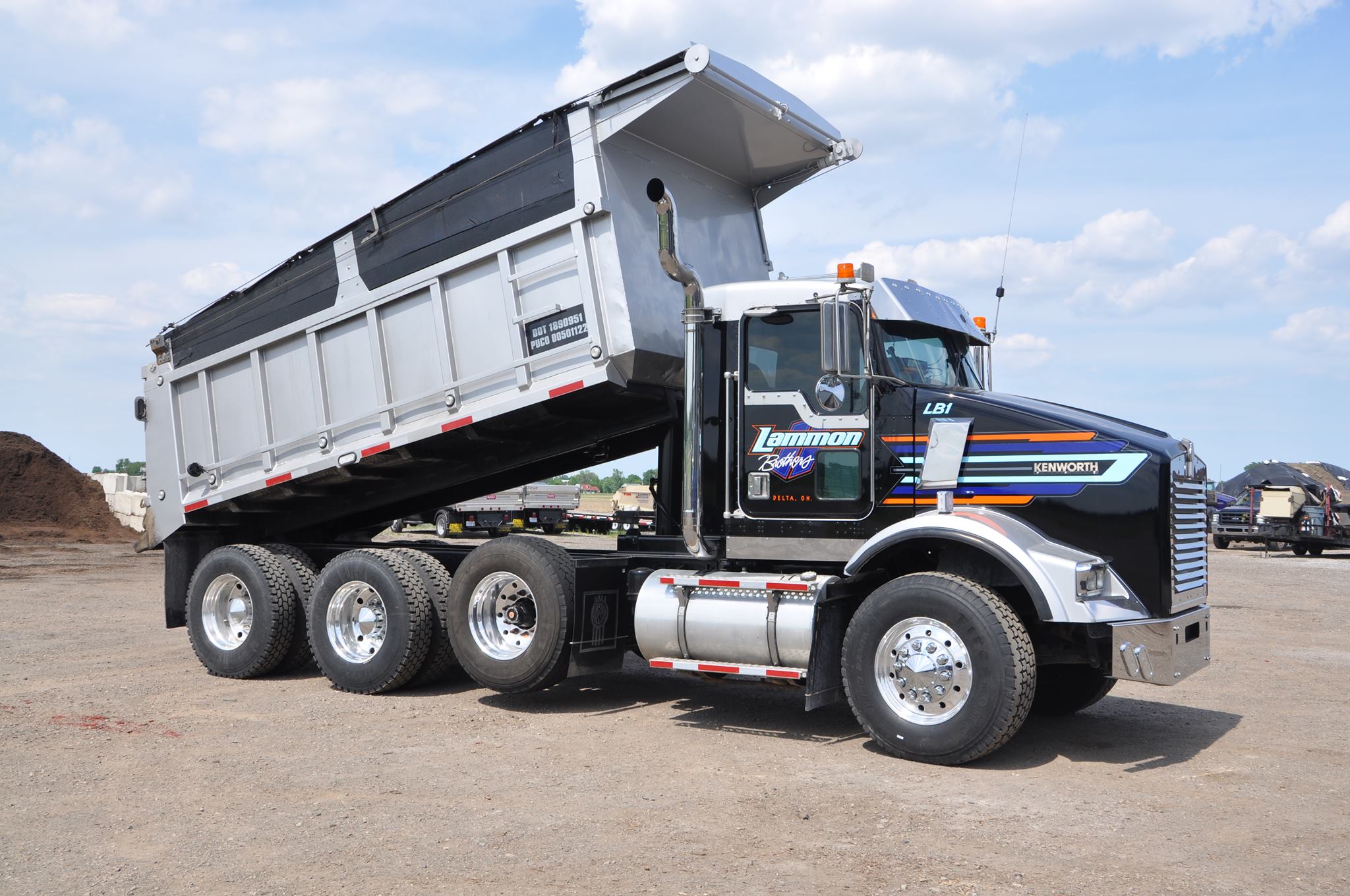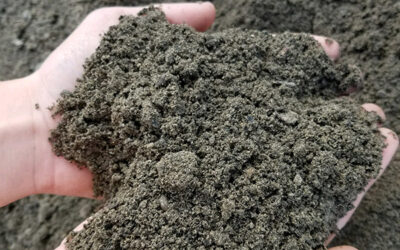Landscape Products
Lammon Brothers
Lammon Brothers owns and operates our own fleet of delivery dump trucks, giving us the ability to service customers promptly and efficiently. We can deliver landscape products in amounts from a few cubic yards up to full dump truck loads. Delivery costs are based on the mileage associated with each delivery. Give us a call to compare our dump truck delivery pricing.
Product Calculator
Get a good idea of how much landscaping product you need. Try our calculator today.
Yard Waste Recycling
We offer Toledo area residents an outlet to drop off their yard waste. The materials we accept include brush, grass, leaves, shrubbery, sod, Christmas trees and clean fill.
Products
Landscape Products

Topsoil

Mulch

Sand

Stone
Since 2002
About Us
Lammon Brothers was founded in 2002 by two brothers (Bob and Jim Lammon) who saw the need for quality lawn service in and around the Toledo area. These two brothers started off with nothing more than a truck and a mower but quickly grew into a full service lawn and landscape company. By 2006, the company had outgrown the startup location in Holland, OH and decided to purchase 18 acres of land in Delta, OH where a new 3000 sq ft. shop was built.
Within a few years of operating in Delta, it became obvious that the area residents had a need for a yard waste disposal facility. In 2008, Lammon Brothers registered with the EPA and began accepting yard waste for recycling. The facility still accepts yard waste and also sells products such as bulk, mulch and topsoil. In 2009, the first triaxle dump truck was purchased and the heavy highway construction division was born.











